The difference between northern and southern Thailand
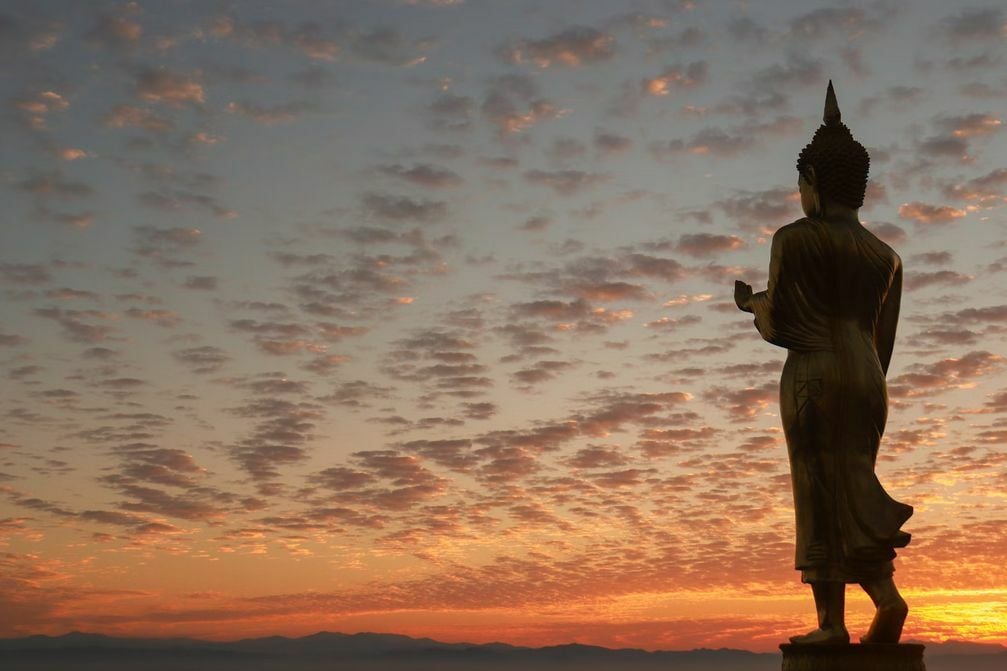
Thailand offers a diverse and unique experience for its visitors. From landscape and food to language and culture, everything can change dramatically depending on which part of the country you visit. Between the rolling hills of the north and the pristine beaches in the south, it can be hard to choose which part of Thailand you should travel to. So, to help you decide, we have broken down the differences between the two below.
Difference between northern and southern Thailand
1. Landscape
One of the main differences between the north and south of Thailand is the landscape. The land in north Thailand is mostly jungle-covered mountains and valleys. It’s home to the hill tribes, such as Lisu, Tai Yai, Yao, and Hmong. You’ll also find Thailand’s highest mountain, Doi Inthanon. Southern Thailand, on the other hand, offers clear blue seas and white-sandy beaches, with the Andaman Sea to the west and the Gulf of Thailand to the east. You can find numerous breathtaking tropical islands and a diverse underwater world here.
Highlight of northern Thailand: Cities and mountains
If you want to immerse yourself in authentic Thai culture, then northern Thailand is the perfect destination. North of Thailand is home to a number of interesting cities, such as Chiang Mai, Chiang Rai, and Pai. Chiang Mai, often called the Capital of the North, has a myriad of beautiful temples to visit. It’s the second biggest city in Thailand, and most people argue that it feels like a laidback version of Bangkok. Although it’s a popular tourist destination, it still feels less touristy when compared to many southern cities.
Thailand’s northernmost city, Chiang Rai, is also worth a visit. While the name is similar, Chiang Rai and Chiang Mai are actually very different. Chiang Rai is a lot slower, with more of a big village vibe. It’s home to one of the most famous Buddhist temples in the country, the glimmering white temple of Wat Rong Khun. You also shouldn’t miss out on Pai. This small town has a laid back vibe that’s particularly popular among backpackers. It’s full of parties, live music, night bazaars, and restaurants.
Another highlight of northern Thailand, besides the beautiful cities, are the dramatic mountains. Hiking on Doi Inthanon, Doi Suthep, and Doi Mae Tho is something any adventure lover should try when visiting northern Thailand. One day in Chiang Mai is not enough to explore, visit our partner’s website ‘Agoda‘ to see the best hotel.
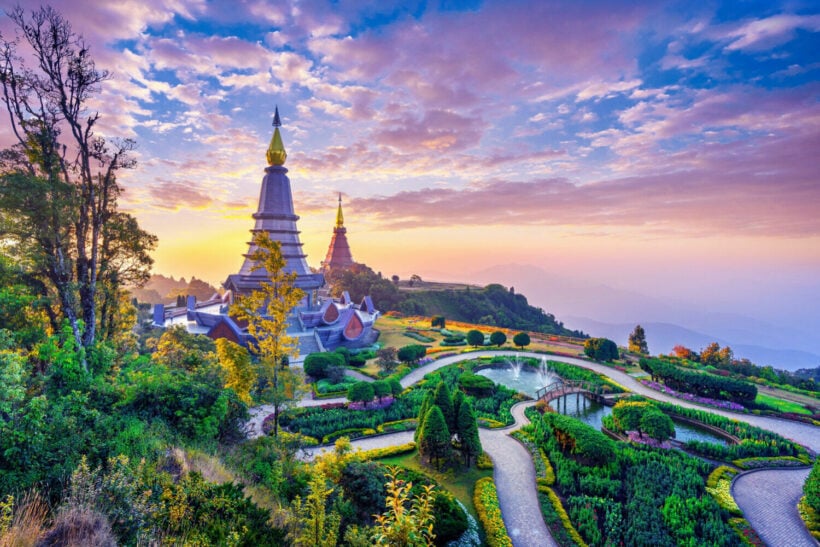
Highlight of southern Thailand: Beaches
One of the main reasons people travel to Thailand is its stunning beaches, and that’s precisely what you’ll get when you visit southern Thailand. The south part of the country is home to some of the most spectacular islands in the world, each with its own breathtaking beaches. Some of the most popular islands in the Andaman Sea, or the west coast, are Phuket, Koh Lanta, Koh Phi Phi, and Koh Lipe. The most popular islands in the Gulf of Thailand or the east coast include Koh Samui, Koh Tao, and Koh Phangan.
Each one of the islands in southern Thailand offers different things. For example, Koh Phangan is a party island infamous for its Full Moon Party, where people gather and pull an all-nighter every month of the year. On the other hand, Koh Lipe in the Andaman Sea is a quiet island with stunning beaches perfect for those who want to escape the hustle and bustle of their daily life. The island is also known to be surrounded by breathtaking snorkelling and diving sites.
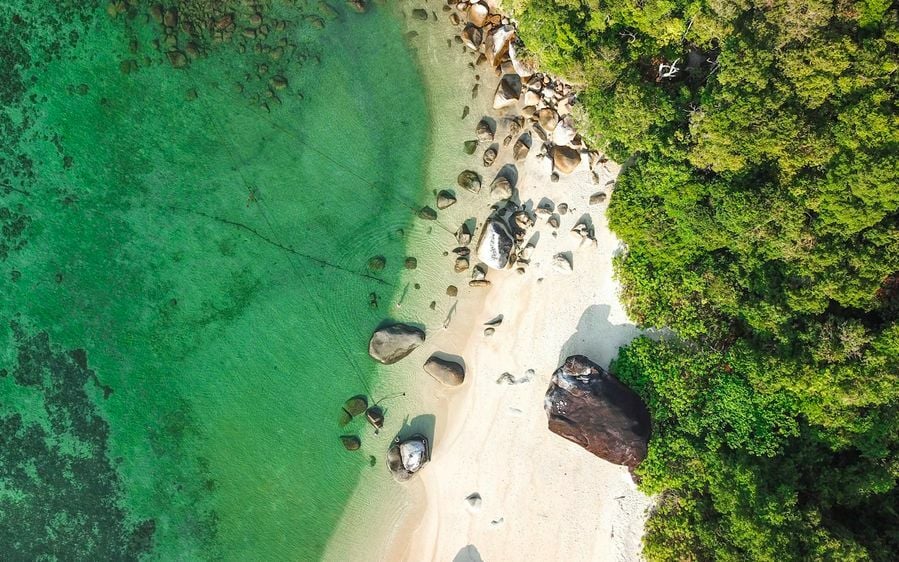
2. Activities
The different landscape means different activities to enjoy. With its beautiful cities and mountains, Northern Thailand offers a plethora of landmarks, cultural excursions, and outdoor adventures. You can find numerous gleaming temples, bustling night bazaars, and untouched hill-tribe villages here.
Many activities in the north are focused around the mountains. You can swim in waterfalls, hike the jungle, go white water rafting in the river, or visit ethical elephant sanctuaries. One of the most popular waterfalls that you should add to your list is the Phu Kaeng Waterfall, which is located in the Doi Luang National Park. In order to reach this waterfall, you have to trek a jungle, which gives you plenty of wildlife spotting opportunities. In addition, you might come across small ethnic villages along the way.
Almost the complete opposite is offered by southern Thailand. Here, you’ll find numerous islands spread right across the Gulf of Thailand and the Andaman Sea. Whether you want to party all night long or laze around on an idyllic beach, there will always be the right island for you. Some of the most popular activities in southern Thailand include island hopping, snorkelling, scuba diving, beach parties, and, of course, relaxing by the beach.
Both north and south of Thailand offers plenty of cultural attractions. For example, in Chiang Mai you can visit numerous beautiful temples like Wat Phra That Doi Suthep and Wat Rong Khun are two of the most beautiful temples in northern Thailand that you should definitely visit. In the south, you can visit Wat Hat Yai Nai Temple in Hat Yai or the Big Buddha in Phuket.

3. Nightlife
The nightlife in the south of Thailand is definitely livelier than in the north. The south is the perfect destination for those who want to party. The islands, including Phuket and Koh Samui, are filled with hundreds of party venues to choose from. The south is also home to Koh Phangan, which is infamous for its full-moon parties. However, this doesn’t mean that the north doesn’t have a great nightlife – it’s just a little less overwhelming. There are numerous restaurants, night markets, clubs, and bars in the north, but most of them close at midnight. Therefore, northern Thailand is better suited for those who want to steer clear of wild parties.
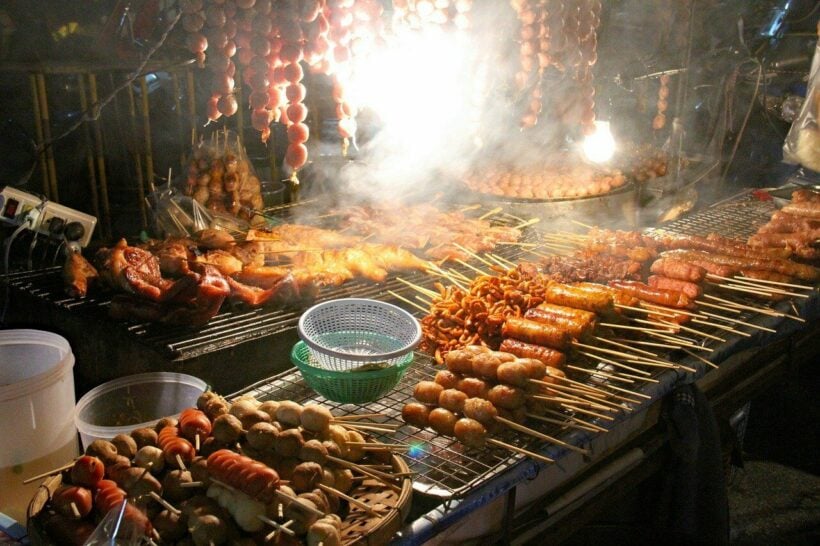
4. Weather and Climate
Thailand has three major seasons: cool, hot, and rainy. However, the weather varies slightly across the country. In northern Thailand, the cool and dry season falls between October and February, while the hot and dry season runs from March to May. The rainy season makes up the remaining months from June to October. The cool season in the north is generally colder than the south, especially early in the morning or late in the evening.
In the south, the climate differs between the west and the east coast. The west coast, such as Phuket, is dry from November to March. On the other hand, the east coast, such as Koh Samui, experiences the dry season from January to November. In contrast with the north, the south of Thailand is much hotter any time of the year. In the hot season, the heat can be oppressive and unbearable. The only way to escape it is to take a dip in the crystal-clear waters (or stay in an air-conditioned room).
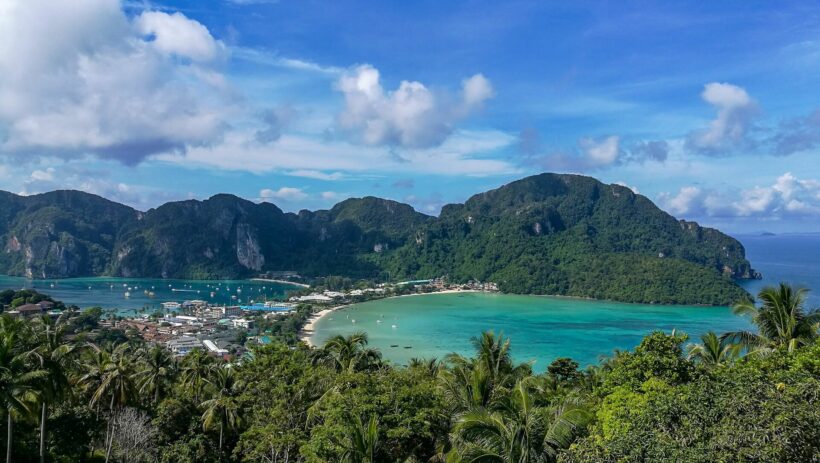
5. Food
Thai food is widely popular around the world, but did you know that Thai food from different regions doesn’t taste the same? The food in Thailand is region-specific. The cooking process and the taste of each dish are affected by a number of factors, such as climate, location, local customs, and culture.
The food in northern Thailand is mild and rarely sweet. Chicken and beef are the main meat of choice here since the ocean is hundreds of kilometres away. That’s why it can be pretty hard to find seafood dishes in the north. Steamed sticky rice is a staple dish in northern Thailand, and you can find it paired or served with other dishes. One of the most popular dishes in the north of Thailand is som tum or papaya salad.
Southern Thailand is heaven for any seafood lover. Surrounded by the sea, you can find an assortment of fresh seafood dishes here. However, the food is much spicier and bolder than in the north. Tom yum goong, a hot and sour shrimp soup, is possibly the most famous dish from the south of Thailand. You’ll find this dish served in almost every Thai restaurant in the area.
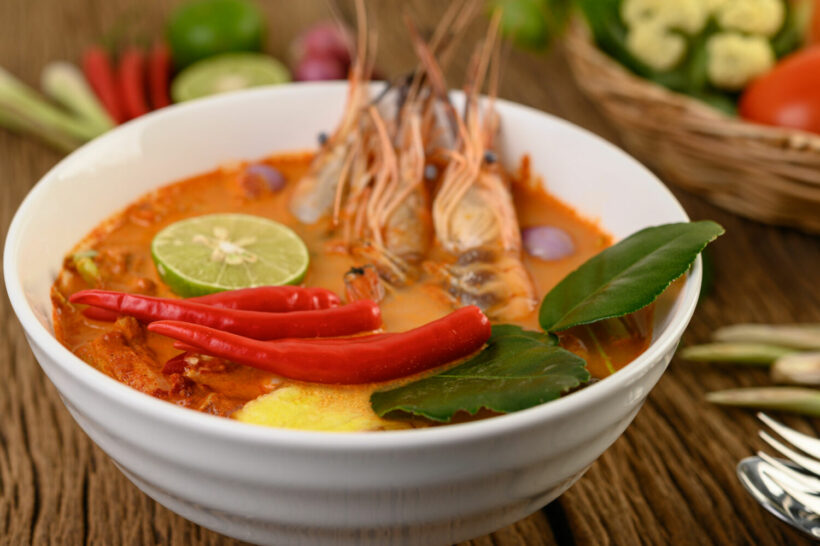
6. Language
The official language of Thailand is the Thai language (or Central Thai). However, not a lot of tourists might know that there are actually numerous national and regional languages in the country. Northern and southern Thailand has significant differences in language.
Northern Thai, also known as Lanna or Kham Mueang, is the language spoken by the majority of people in the north of Thailand, as well as some parts of Laos. Whereas Southern Thai or Pak Tai is the language spoken in southern Thailand, as well as some of the northernmost communities in Malaysia.
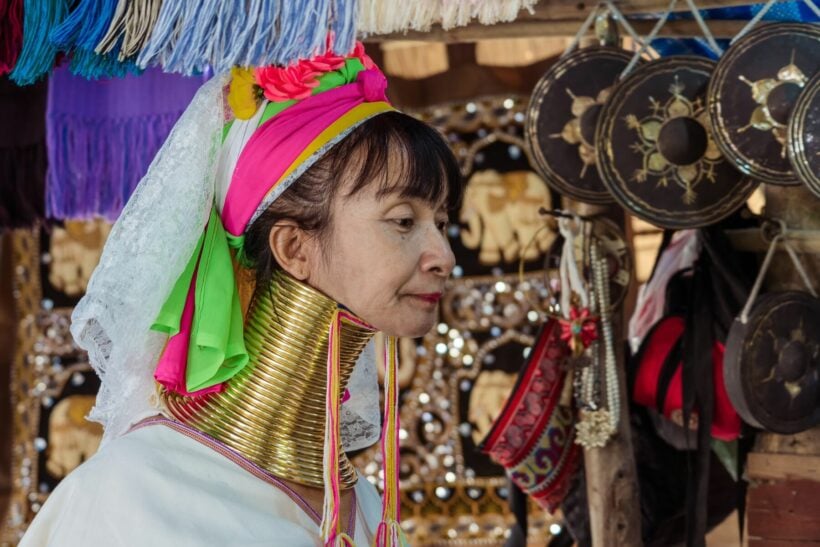
7. Transportation
North of Thailand has two major airports: Chiang Mai International Airport and Chiang Rai Domestic Airport. Both of these airports operate daily flights to and from Bangkok and are often cheaper than land transport. If you want to travel by land, you can take a train from Bangkok to Chiang Mai.
South of Thailand is more developed in terms of transportation. There are more major airports here, including Phuket International Airport, Hat Yai International airport, Samui International Airport, and Surat Thani International Airport. These airports make travelling to and from south Thailand relatively easy. If you’re on a budget, there are numerous overnight buses from Bangkok. Additionally, you can take ferries and speed boats to travel between most islands.

8. Affordability
Northern Thailand is more budget-friendly than southern Thailand. Therefore, if you’re on a budget, the north might be the better place to visit. Southern Thailand costs nearly double as much as northern Thailand, from the food to the accommodation. Even the major cities like Chiang Mai are much cheaper than most cities in the south of Thailand.
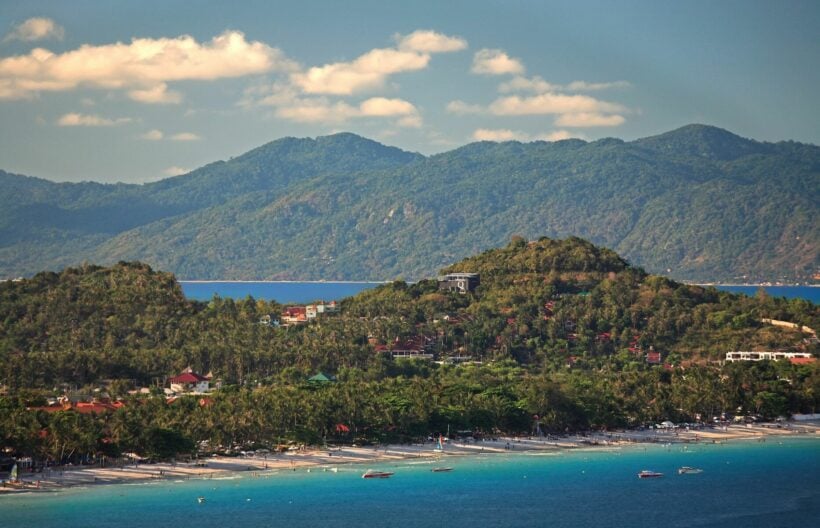
So, where should you travel to? The north or the south? Well, there’s no correct answer here. Whether you go to the north or the south depends on what you want to experience, how much you are willing to spend, and when you want to go. Both ends of the country are beautiful. Therefore, whichever one you choose to visit, you won’t be disappointed. If you have time, it’s best to visit both northern and southern Thailand to see the differences yourself and take it in as a whole.
Latest Thailand News
Follow The Thaiger on Google News:


























